Вы здесь
Mausoleum of Kosubai-Kara.
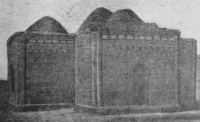
Monumental monuments of Kazakhstan.
“Know that one who is not truthful in love, Pretense with hypocrisy in the blood.
Of all those who left without leaving a trace, Who will return here for a story?"
As Samarkandi Muhammad ibn Ali.
Best monuments of Ulytau.
Kosubay-Kara mausoleum is located at an altitude of 363 m. a. s. l., located 103 meters from left (eastern) bank of Kengir reservoir, 13.6 kilometers to south and slightly east of village of Korganbay, 7.2 kilometers to west and slightly north from Mount Zhadra, 425 m. a. s. l., 10.7 kilometers southeast of town of Zhezkazgan in Ulytau district of region of same name.
“Five kilometers from the city of Novy Dzhezkazgan, near the Kara-Kengir river, there is a small brick building - the Kosubai-Kara mausoleum. It is small in size. But Kosubai-Kara attracts attention with its original volumetric compositional and architectural design, which is completely different from other mausoleums.
During its construction, one of the requirements for architectural structures in open areas was fully taken into account, namely: a good view of it from afar from all sides. Therefore, the monument was erected on a hill, not far from the road.
According to the compositional method, this mausoleum belongs to the central domed structures, and according to the planned solution - to the single-chamber cross-shaped buildings.
In terms of both external and internal configuration, it represents an equal-pointed cross with wings measuring 4.11 x 2.64 meters to 4.16 x 2.76 meters. Slight deviations of some dimensions in individual elements are apparently caused by inaccuracy in the execution of work in kind, and not by predetermined values.
According to the customer's plan, the mausoleum was supposed to represent a family tomb. The head of the family was given a central place in the mausoleum, and for this purpose the shape of the cross was more suitable. In connection with the cruciform plan, all facades of the mausoleum are decorated in the same way, with the ends of the cross oriented to the cardinal points.
In one of them, in the south, in a shallow niche completed in the form of a pointed arch, an entrance was made, and in the rest there were niches imitating windows. The archivolts of these arches resemble a wide wedge-shaped masonry, rather prominently protruding on the plane of the walls.
The outer corners of the ends of the cross are cut off and decorated with corrugated curved bricks, which create the impression of striving upward, in the form of flutes. Along the outer perimeter, the structure is surrounded by two friezes; the lower one is made of curly, corrugated bricks in two rows, and the upper one is made of square, yellowish bricks placed on an edge with openings, so that when illuminated, deep light and shade are obtained, creating the impression of triglyphs.
The cornice is not developed, it is very simplified, it is laid in one horizontal row of bricks with an "overlap" above the wall, so the overall silhouette of the building is emphasized by the sharply expressed straight lines of the upper and side edges and smooth curves of the domes' cone.
The general impression of the architecture of the facades, executed in original forms, is good. We must pay tribute to the folk craftsmen who erected this building that they showed true skill here. The silhouette of this building resembles in some way a Russian chapel.
This affected the influence of the cult architecture of Russian architecture. Due to the originality of the plan, the interior of the mausoleum turned out to be quite interesting. At the intersection of the faces of the internal planes of the walls, projections 10 cm thick and 85 cm wide were made in the masonry, serving as supports for the shallow (barrel-shaped) arches thrown over the opening of the wing of the cross.
On these arches are four domes that rise above the flat roof.
They are grouped around the middle, higher dome, under which there is a small drum shaped like a belt made of figured brickwork; two rows of ordinary brickwork alternate with one row of brickwork on the edge, “zigzag”, which creates the relief of the belt.
In the sails, under the belt, two rows of cellular (stalactite) masonry are erected, allowing you to switch from a square plan to a round one. A similar masonry is observed in all corners of the wings of the cross. There are no other architectural decorations inside the mausoleum.
The walls are not plastered or painted. The cone-shaped domes were folded using the "false vaults" method. Such a simplified masonry, used instead of the radial-wedge, made the work easier, but did not justify the design. Therefore, inside the mausoleum has a nondescript appearance.
To the left of the entrance, in the thickness of the side wall, there is a small narrow passage-hole to the roof-roof, it is very difficult to use it. Roof almost flat, arranged by laying bricks “flat” on the sinuses between the arches. To drain water, a slight slope was made towards the edges of the roof.
In the middle dome, four small holes are left, oriented to the cardinal points. Through these openings and the doorway to the mausoleum, light is scarcely breaking through, so there is always twilight. The mausoleum was built on a shallow foundation and a plinth with a height of 30 cm, built of stone on clay mortar.
The walls are made of red baked bricks also on clay mortar. The use of a standard brick perch (not metric) measurement expressed the influence of Russian construction equipment. The quality of the brickwork is quite satisfactory, so the structure has been well preserved to this day.
The floor of the mausoleum is earthen, heavily dug by treasure hunters. The monument was erected, according to the stories of local residents, in 1903 by a local bai at the grave of his father Kosubai-Kara. This building should find its place in the history of the development of the national architecture of the Kazakh people.
It is necessary to consider and study its architectural and compositional advantages, to identify progressive techniques and designs that can be used in modern construction. ext to Kosubai-Kara is the Dos-Murza mausoleum - an unsuccessful copy of the Zhuzden monument, or maybe even Alasha Khan.
It is made of clay and adobe, so its designs, not to mention architecture, are weak and have little justification.
Geographic coordinates of Kosubai-Kara mausoleum: N47°53'00 E67°45'57
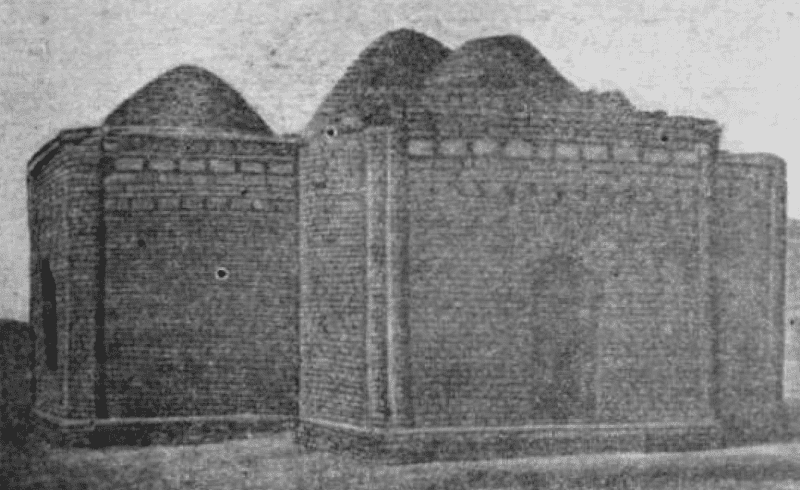
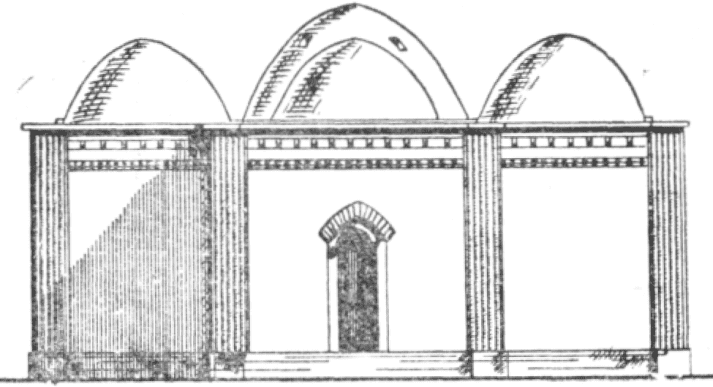
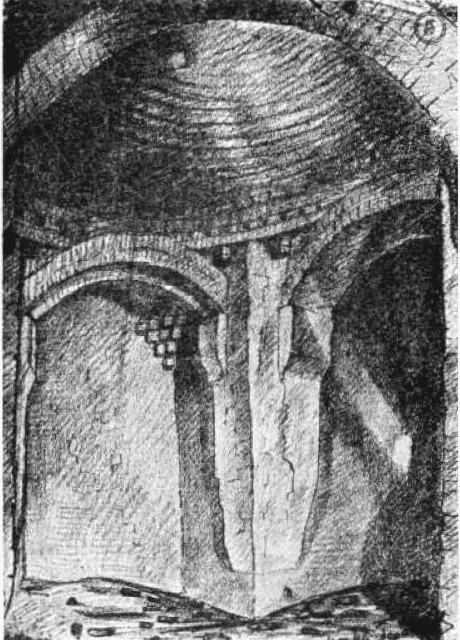
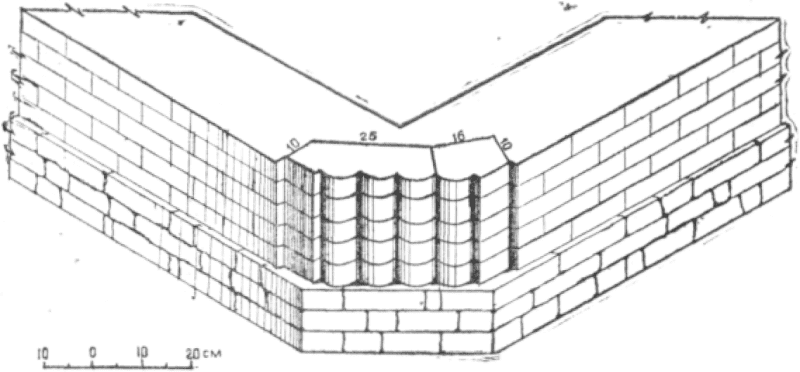
Authority and photos:
G.G. Gerasimov. "Architectural monuments of the valley of the Kara-Kengir river in Central Kazakhstan". Publishing house of the Academy of Sciences of the Kazakh SSR. Alma-Ata. 1957.







